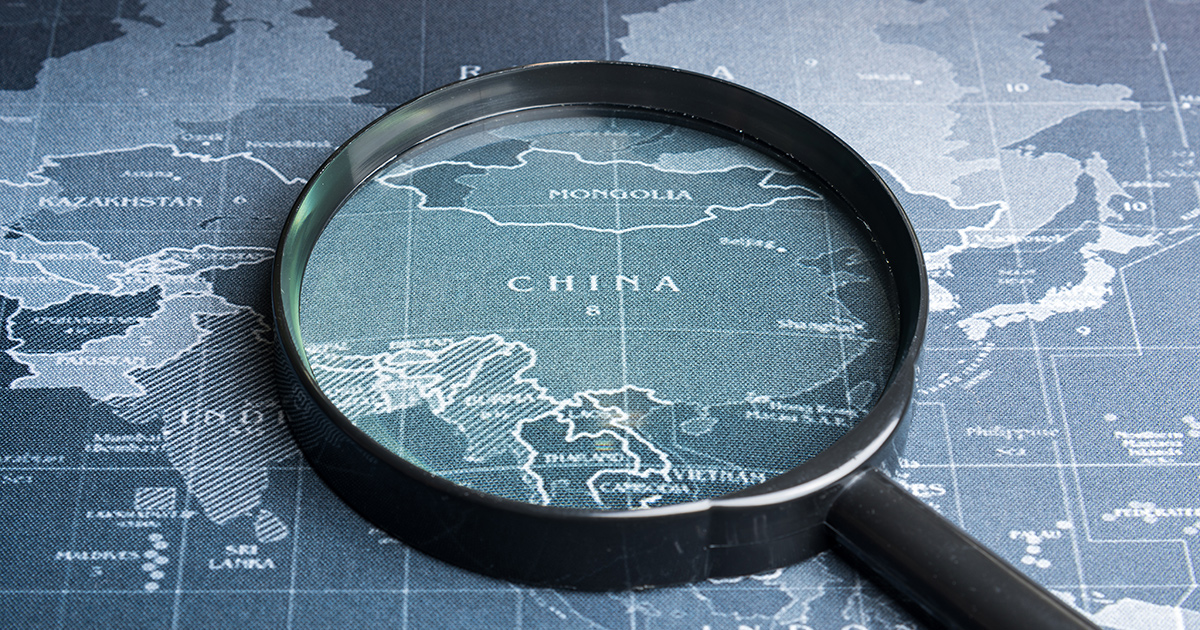
May 11, 2023
The long-awaited reopening of China’s airspace to international operators will impact many flight departments as corporations seek to renew relations with customers and business partners.
But what should U.S. operators expect when resuming flights after an absence of nearly three years?
For two pilots who have already resumed flights into China, the consensus is that operations into and out of the country are essentially unchanged from the pre-pandemic experience.
“If you flew into China before COVID, you should expect the same experience now as you did pre-pandemic,” said Jonathan Maas, chief pilot for Honeywell. “The traffic levels have yet to return, but it shouldn’t take too long before we see the same level of business aircraft activity we were used to seeing before 2020. If you are considering a flight to China, I’d say don’t hold back.”
While operations are unchanged, there is one new health monitoring procedure to consider when entering and exiting China, noted Perry Brink, chief pilot for a Fortune 500 company.
“Everyone entering and leaving China must fill out a health assessment form, which you access through a QR code. It is quick and simple to complete but be aware that the form is only valid for 24 hours, so fill it out as you get closer to your destination rather than before you leave to avoid any issues that could arise from a delay,” said Brink.
“If you are flying within China, you will also need to provide details on your movements for the past 14 days and specific details on the district you stayed in as well the city, so make sure to note that down, too,” he added.
All travelers to China will only need to take a COVID-19 antigen test – self-done at home is also acceptable – within 48 hours before departure to China. A PCR test is no longer required.
Both pilots urged all U.S. operators to use a local handler when visiting China.
“Regulations can change, permits can be difficult to obtain, and a local handler will always be better informed than you will be. I would 100% recommend you use a handler in China,” said Maas.
For pilots who have not experienced Chinese air traffic control before, the two pilots noted that procedures are more structured than in other jurisdictions.
“Do not expect any shortcuts,” noted Brink. “Air traffic control will assign you a route, and they will keep you on that route.”
Crews not accustomed to the unique nature of Chinese airspace also should expect to operate at lower altitudes than typical and be assigned less direct routings, continued Brink.
“Be patient and make sure you have your fuel reserves,” he added.
U.S. pilots also should also expect more pushback procedures at Chinese airports than at home, said Maas.
“This was standard procedure before the pandemic, and while it sometimes doesn’t seem logical, this is how it is,” he said. “Because of that, we always carry a tow bar when we fly to China just to be prepared.”


 International Business Aviation Council Ltd.
International Business Aviation Council Ltd.